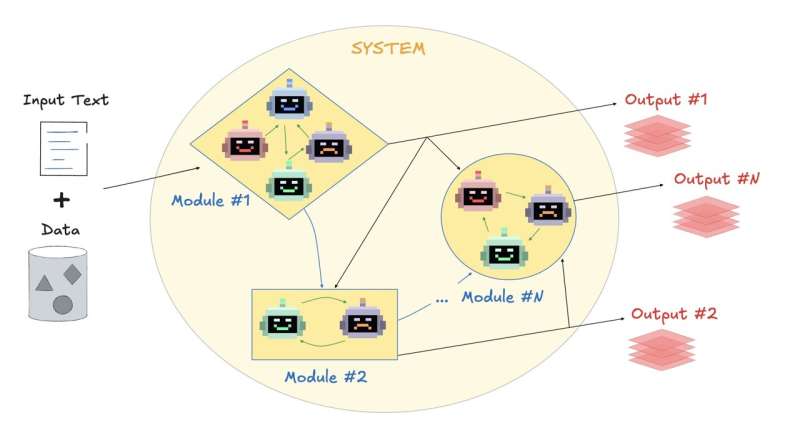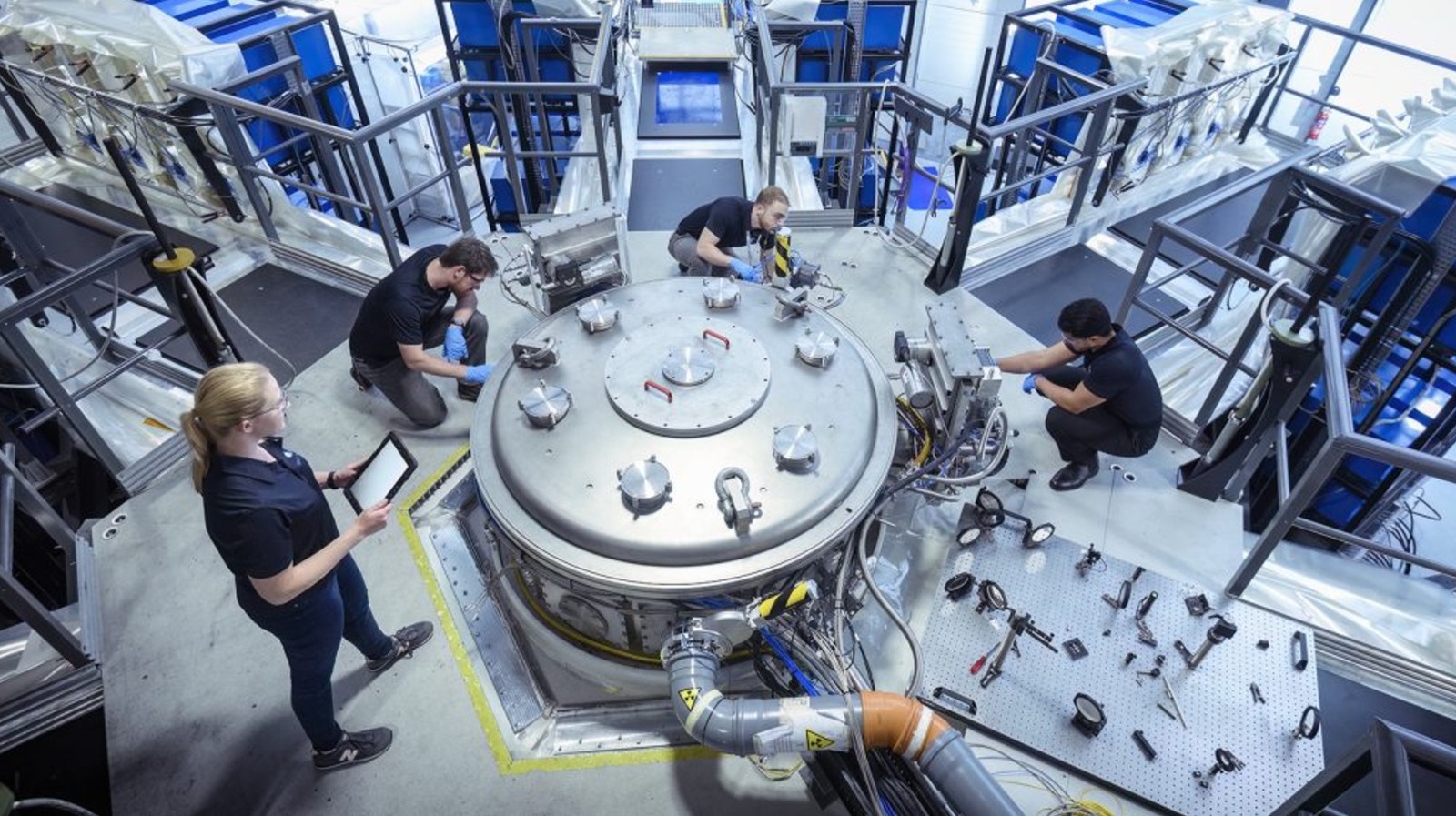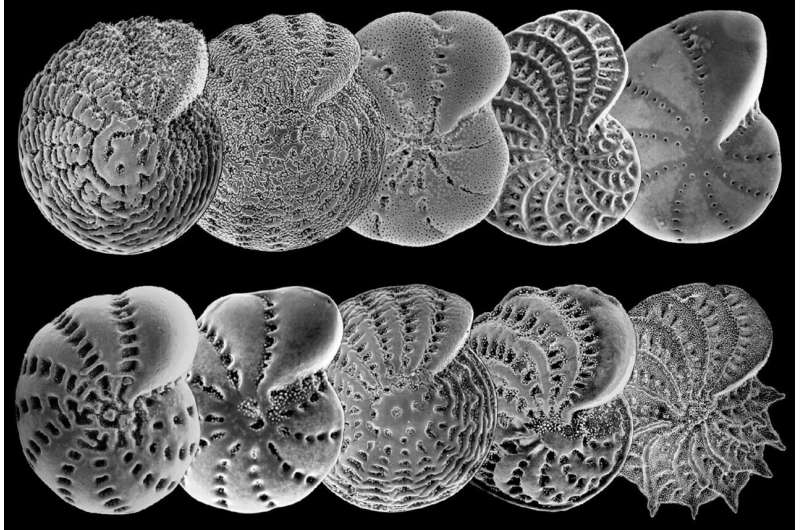An experimental physicist from the University of California has introduced a groundbreaking concept in the field of nuclear astrophysics known as the “i-process.” This innovative approach aims to enhance our understanding of how elements are formed in stars, potentially reshaping existing theories about the creation of heavy elements throughout the universe.
Scientists have long recognized that many elements found on Earth, such as nickel and copper in coins or gold and silver in jewelry, originate from stellar processes. Traditionally, the formation of these elements has been attributed to two primary processes: the slow neutron capture process, known as the s-process, and the rapid neutron capture process, referred to as the r-process.
Dr. Brian F. Smith explained that while the s-process and r-process have been extensively studied, the i-process offers a new framework for understanding how some heavy elements are produced in environments with intermediate neutron densities. This process could occur in specific astrophysical settings, such as during certain types of supernovae or in the interiors of massive stars.
Understanding the i-process
The i-process represents a middle ground between the slow and rapid neutron capture processes. In this scenario, a nucleus heavier than iron captures neutrons at a rate that is neither too fast nor too slow, allowing for a unique pathway of element formation.
According to Dr. Smith, “Our research indicates that the i-process could explain the presence of certain heavy elements in the universe that have been difficult to account for using existing models.” This new understanding could lead to revised estimates of elemental abundances in the cosmos, as well as insights into the lifecycle of stars.
The implications of the i-process extend beyond theoretical physics. By understanding how elements are created in stars, scientists can gain insights into the chemical makeup of planets and other celestial bodies. This knowledge could enhance our understanding of the origins of life and the conditions necessary for its emergence.
A New Era in Nuclear Astrophysics
The introduction of the i-process marks a significant advancement in the field of nuclear astrophysics. It adds complexity to existing theories and opens up new avenues for research. Dr. Smith and his team are currently conducting experiments to better understand the conditions under which the i-process occurs, aiming to gather empirical data that could support their theoretical framework.
As research continues, the scientific community is eager to see how the i-process will influence our understanding of elemental formation. The potential for new discoveries in this area is vast, and the excitement surrounding this research reflects a broader trend in astrophysics: a renewed focus on the intricate processes that govern the universe.
In summary, the work of Dr. Brian F. Smith and his exploration of the i-process could pave the way for significant advancements in our comprehension of how elements are forged in stars. With ongoing research and experimentation, the field of nuclear astrophysics is poised for a new era of discovery.







